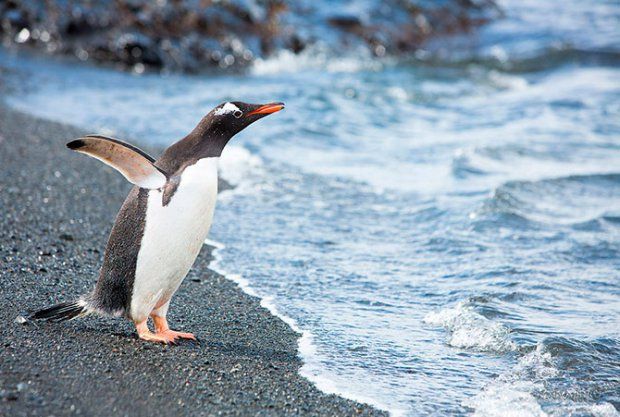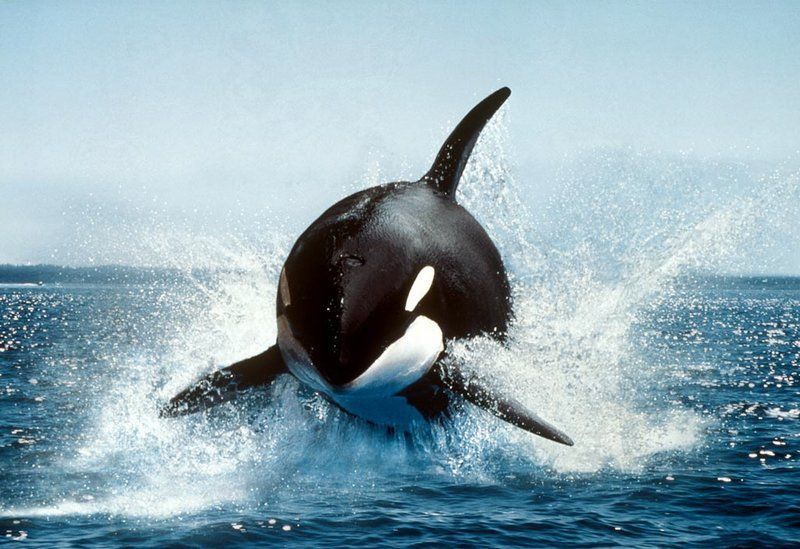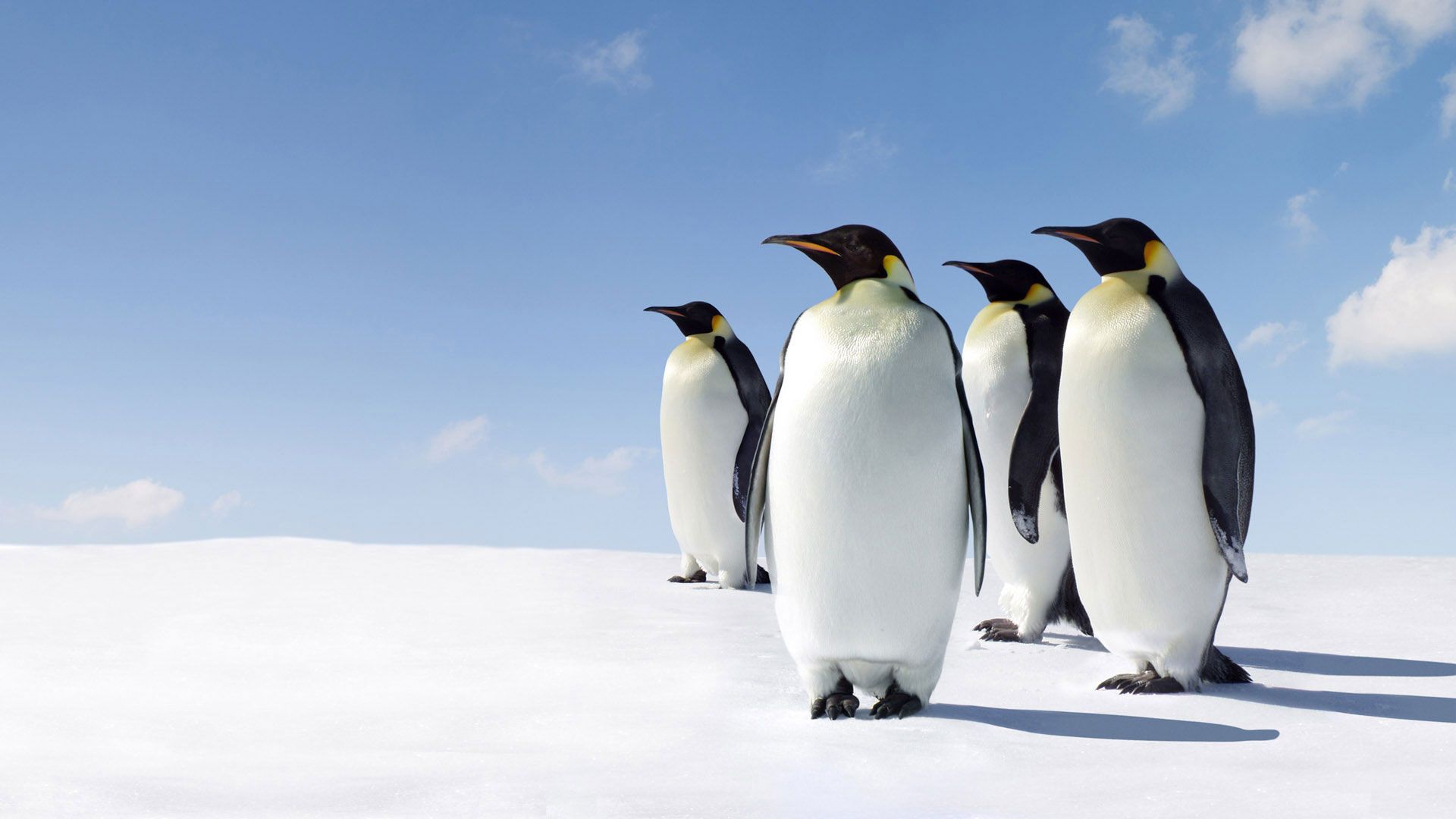What living organisms live in Lake Baikal
Last summer I got acquainted with Baikal. This meeting left many impressions and many questions raised by my observations. For example, I was very surprised by the purity and transparency of Baikal water. Even at depth, I could see pebbles and plants at the bottom of the lake. Then I wanted to know: why is the lake, into which 336 rivers and streams flow into, and only one Angara flows out, such clean and transparent water? After all, in it, as in other bodies of water, various algae grow and bacteria multiply, which affect the quality of water and its pollution.
Crustacean - epishura
I learned that an amazing crustacean lives in Baikal - Epishura Baikal. These are small, about 1-1.5 mm in size, crustaceans, the so-called “copepods”. They live in open Baikal, in almost its entire water column. Thanks to its filtering device - a dense network of bristles and hairs on the limbs of the oral apparatus - epishura is the most effective biological cleaner of Baikal water. It passes water through itself, as if through a sieve, purifying it. At the same time, all the bacteria, protozoa, and ciliates that are in the water become entangled in the numerous feathery bristles.
During the year, 10-15 times more water is filtered than what enters Baikal from all the rivers and streams flowing into it. What a hard worker the epishura crustacean is.
There are other types of Baikal filters, but they cannot compare with epishura in the process of self-purification of Baikal, much less replace it.
Endemics
It was also a discovery for me that the epishura crustacean can only be found in Baikal. It is endemic. Endemics are species of animals and plants found only here in Baikal, and they are found nowhere else on earth. Each species is a mystery and a miracle of nature.
Fish - golomyanka
The golomyanka fish is also endemic. There are 2 types of golomyankas in Baikal - large and small. When I found out about it, I really wanted to see this fish with my own eyes. But it turned out that this is difficult, since golomyanka are not fished for. The reason for this is her unusual movement and lifestyle. It swims in a special way: only up and down, and not along and across, like other fish, and lives on its own, without gathering in schools.
Its appearance is also unusual. The body of the golomyanka is without scales. In the big golomyanka it is translucent. For example, the tail part of a fish is so transparent that you can even read newspaper text through it.
The translucency is explained by the fact that the large golomyanka is half fat. If a fish splashes onto the shore, it will melt in the sun. All that will remain is a greasy stain.
The small golomyanka is not transparent, because there is much less fat in its body. Golomyanka needs fat content. Firstly, to increase buoyancy. The golomyanka does not have a swim bladder and, due to its high fat content, balances its body weight in the water. Secondly, the fat protects the fish’s body from being crushed by the water column, since the golomyanka swims to a depth of up to five hundred meters.
Another wonderful feature of the fish is that it is viviparous. Golomyankas do not spawn, but give birth to live fry, up to two thousand at once.
Golomyanka is beneficial to people, since the fat rendered from it is used for medicinal purposes. Two fish weighing 40 - 50 grams are enough to provide a person with the daily requirement of vitamin A.





No comments here yet.